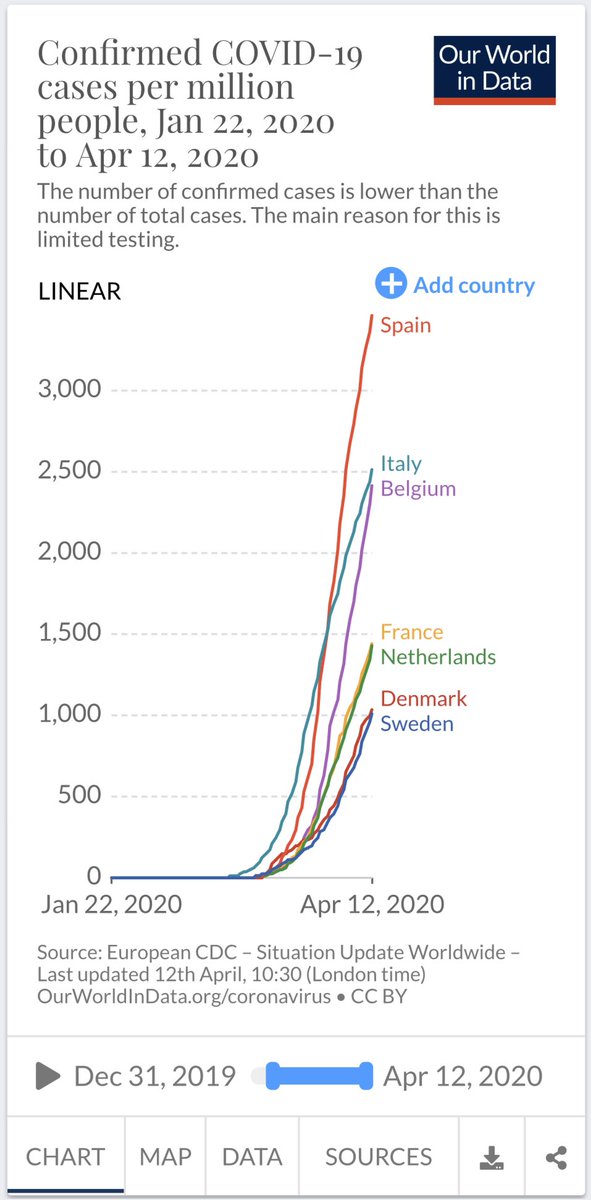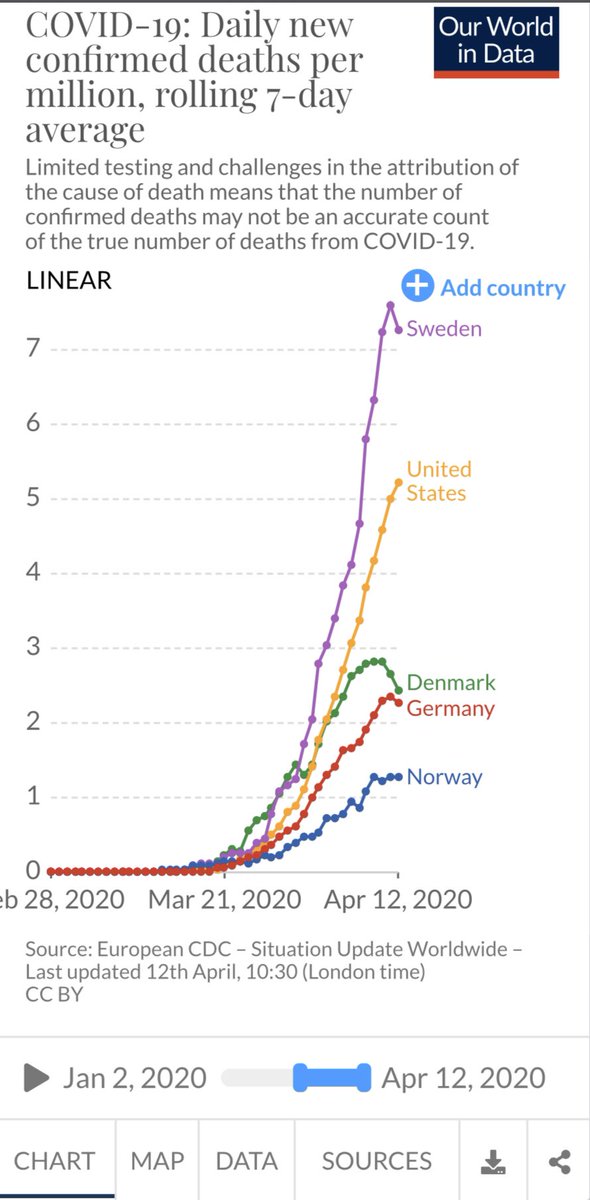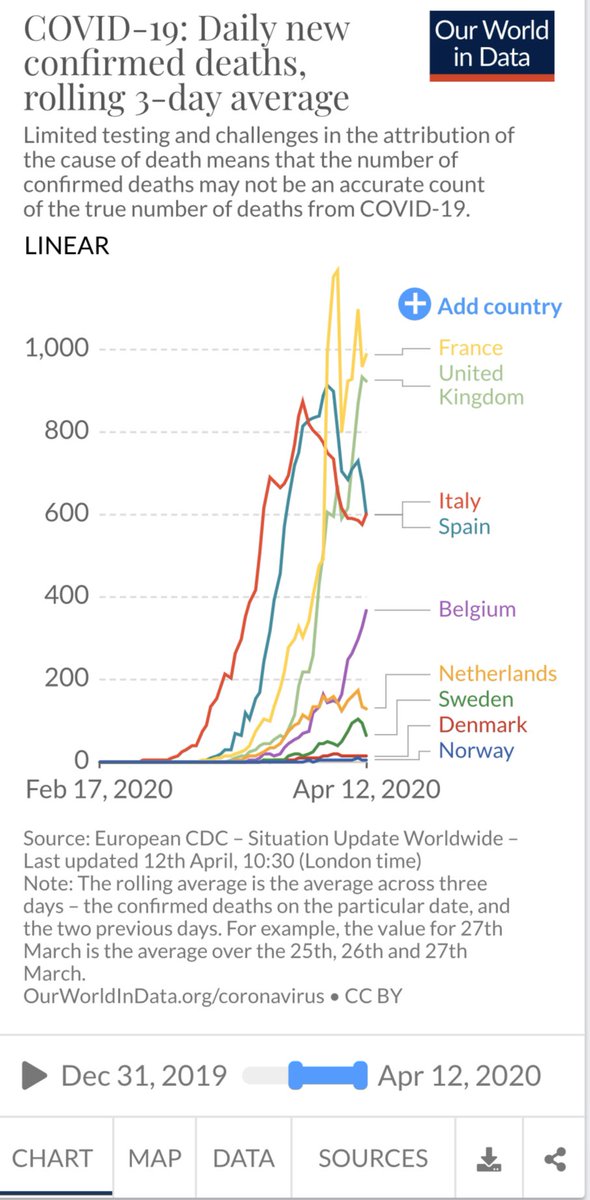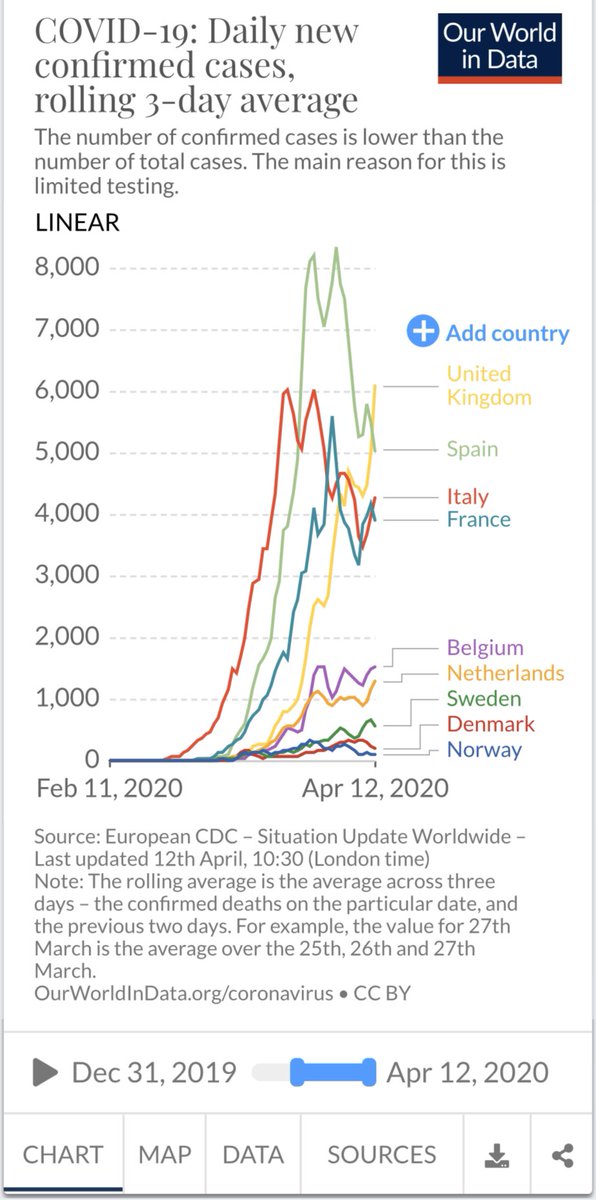In contrast to other countries Sweden’s confinement measures against #SARS_COV_2 are softer. Their data are for some prove of irresponsible opportunism, for others that the rest overreacted.
Both are (for now) wrong. Long thread on data and nuance./1

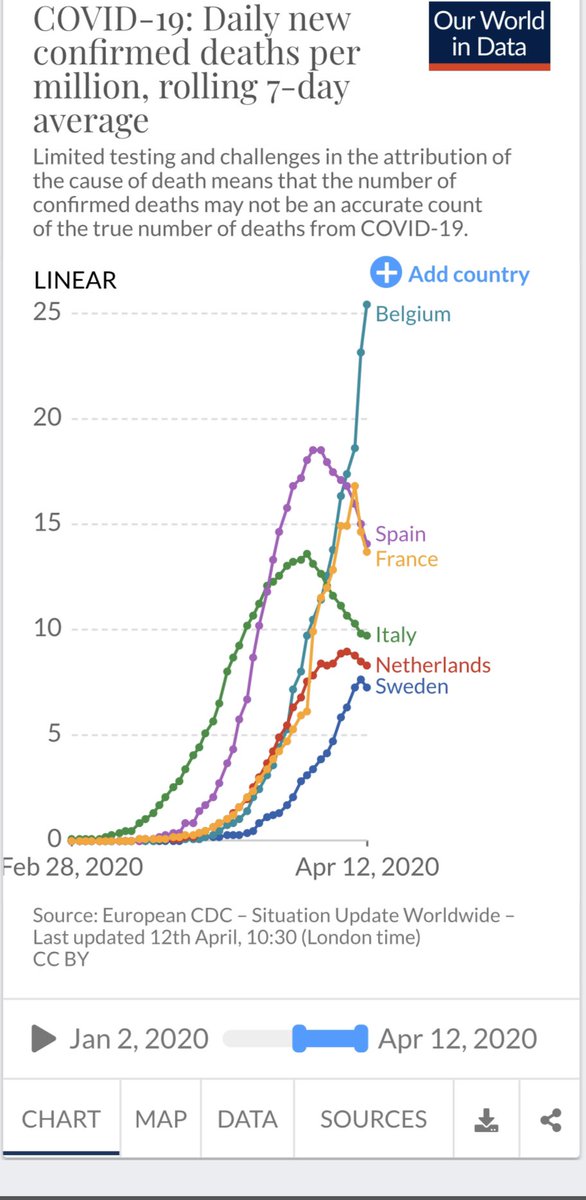
1) and foremost, no, Sweden is not actively pursuing #Herd_Immunity as strategy.
According to Tegnell, Sweden’s state epidemiologist, herd immunity is a *potential* end state, not a potential response strategy.
So what is their strategy? /2
imperial.ac.uk/news/196234/co…
Short answer: 1) mutual trust (public follows advice responsibly); 2) (often overlooked in int. press) they estimate #COVID19 mortality differently, as explained by Tegnell in ‘Dagens Nyheter’ /4
dn.se/nyheter/sverig…
dn.se/nyheter/sverig…
2) Which brings us to the second “myth”: It is not the case that ‘Sweden is open for business as usual’. /8
The fact that Sweden, in contrast to other countries, follows an interdisciplinary and long-term approach is interesting, but imo also risky /10
However, as a scientist working with multi-dimensional & inter-disciplinary data, ‘error’ is what worries me:... /11
What can we learn from their #coronavirus graphs? /18
experience.arcgis.com/experience/09f…
research.swedbank.se/PublicSubscrip…
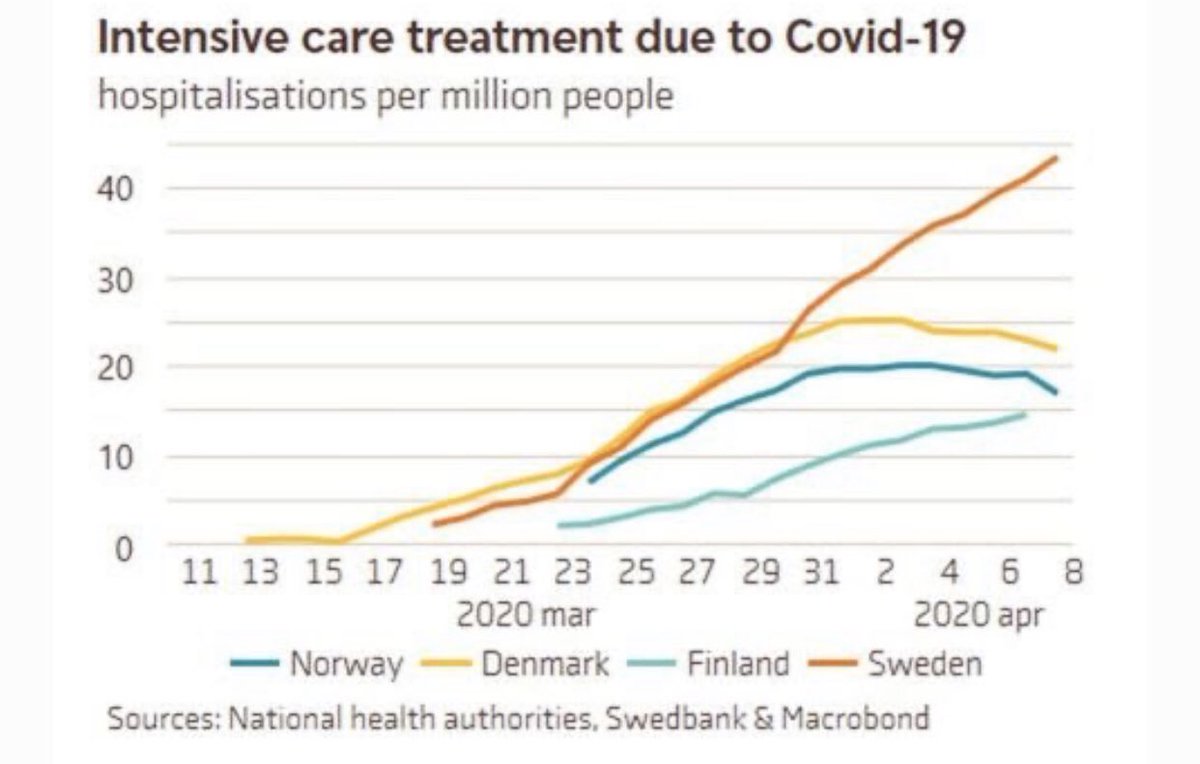
coronatracker.com/analytics/
- Are the Swedish data supporting claims that confinement in response to #coronavirus is a ‘cure’ which is worst than the disease?
No. Simply because Sweden *is* also taking confinement measures, just less strict and more based on public responsibility. /27
- So it proves their strategy is irresponsible opportunism (economy before life)? Also no. /29
- experts across the world are fighting the #CoronaOutbreak, so why isn’t anyone else following the Swedish model? Did they really not consider long-term estimates? Or did they and quickly disregarded it as unreliable and dangerous? /31
/end.

